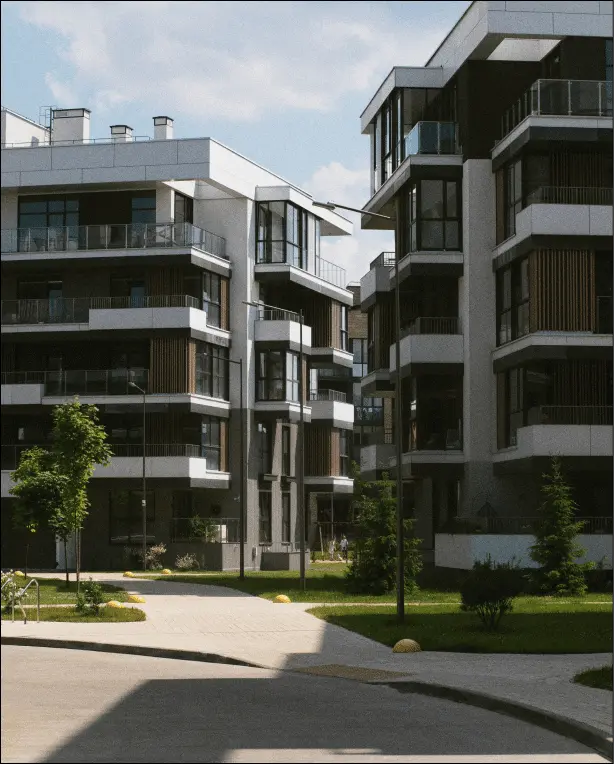Are you facing the prospect of a heating replacement? Perhaps your old furnace is no longer keeping your home warm efficiently, or you’re looking to upgrade to a more eco-friendly option. Whatever the reason, understanding the heating replacement process from start to finish can help you navigate this significant home improvement project with confidence. In this article, we’ll guide you through the journey and provide valuable insights supported by relevant statistics.
Assessment and Planning
The first step in the heating replacement process is a thorough assessment of your current heating system and your home’s specific needs. A professional HVAC technician will inspect your existing furnace or boiler, assessing its condition and efficiency. They will also consider factors such as the size of your home, insulation, and local climate data to recommend the most suitable replacement options.

Choosing the Right System
Once the assessment is complete, you’ll need to choose a new heating system. Statistics show that modern, energy-efficient heating systems can reduce energy consumption by up to 30%, leading to substantial long-term savings on your utility bills. Your options may include furnaces, heat pumps, or boilers, each with its own advantages and efficiency ratings. Your HVAC professional will help you select the best option for your home.
Installation and Efficiency
The installation phase is where the replacement process takes shape. It’s essential to rely on experienced professionals for this step, as improper installation can lead to reduced efficiency and increased energy costs. According to the U.S. Department of Energy, a well-installed heating system can provide up to 95% efficiency, compared to 60-70% for older systems.
Testing and Adjustments
After installation, your new heating system will undergo rigorous testing to ensure it operates optimally. HVAC technicians will fine-tune settings and make adjustments as needed. This phase ensures that your new system performs efficiently and keeps your home comfortable throughout the heating season.
Maintenance and Long-Term Benefits
Once your new heating system is up and running, regular maintenance is crucial. Proper maintenance can extend the lifespan of your equipment and maintain its efficiency. The statistics show that well-maintained systems can last up to 15 years, while neglected ones may need replacement sooner, incurring higher costs in the long run.
In conclusion, a heating replacement is a significant investment in your home’s comfort and energy efficiency. By understanding the process from assessment to maintenance, you can make informed decisions and ensure the long-term benefits of your new system. With the right choice and professional installation, you’ll enjoy a warm and efficient home, backed by the data that demonstrates the value of modern heating systems.



